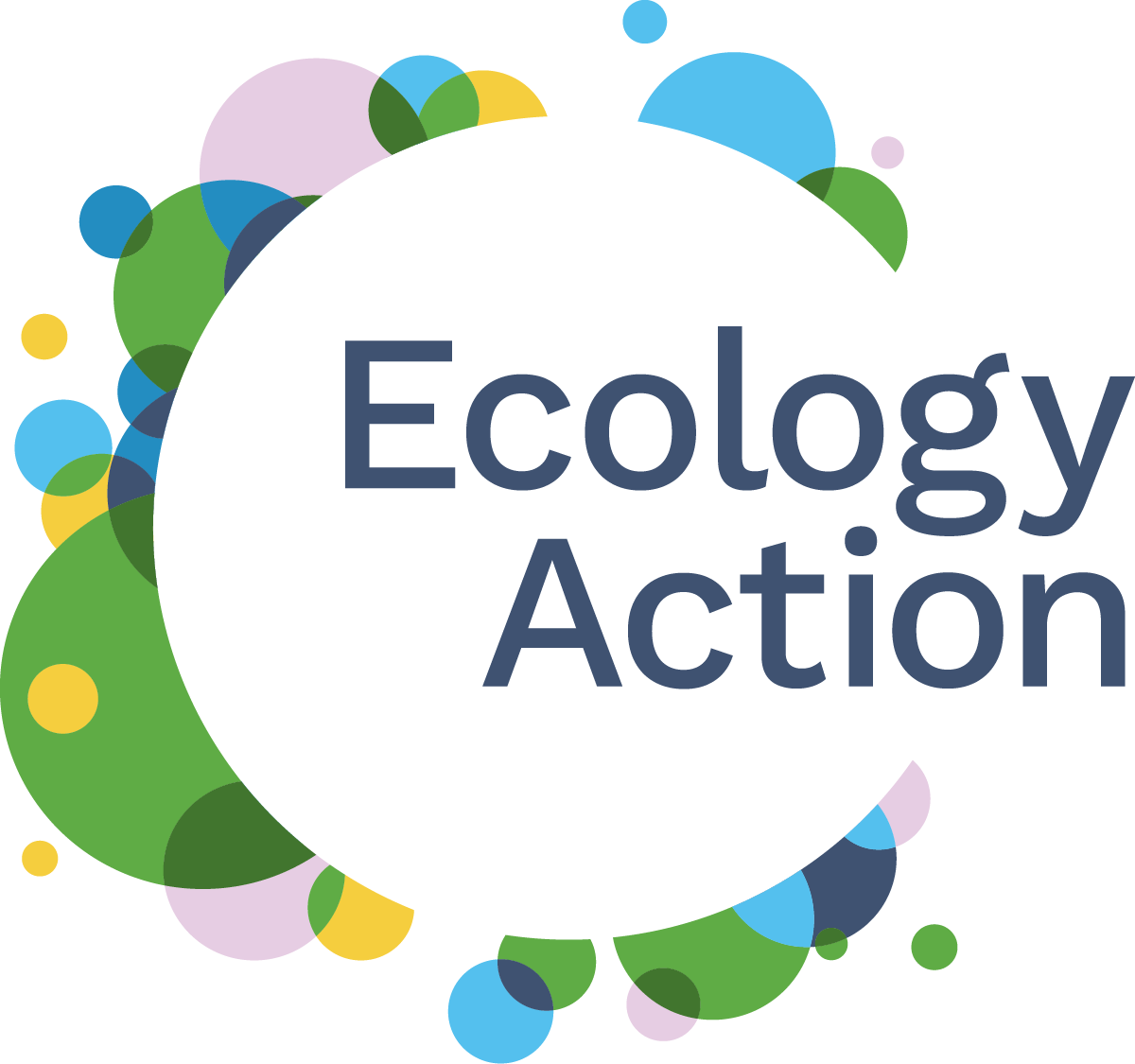SC County Water Conservation

Santa Cruz County relies heavily on local rainfall for their water supply. When the drought in California hit year three in 2014, the Water Conservation Coalition of Santa Cruz County knew it was crucial to ramp up water conservation outreach to its customers. Ecology Action is a key partner in the Water Conservation Coalition, which includes all seven of the local water districts in Santa Cruz County, as well as the County Water Resources Division and other groups who share a passion for water conservation and public education. Working closely with the Water Conservation Coalition and all of Santa Cruz County’s water districts, Ecology Action led a successful effort to drastically reduce water usage during the summer of 2014 and beyond.
The Challenge
The Coalition’s challenge was to inspire individual behavior changes that would help not only achieve the governor’s goal of a 20% statewide reduction in water use but also conserve five million gallons of water per year in Santa Cruz County. How do you motivate residents to let their lush green lawns wither and turn brown, collect water in buckets in their sinks and showers, and invest in greywater installation and other water-saving strategies in just six months?
The Solution
Ecology Action implemented a variety of tactics that included redesigning the Coalition’s WaterSavingTips.org website to feature a 20% reduction pledge, inspiring behavior change at community events and free workshops, promoting rebates and installing low-flow pre-rinse spray valves at 190 restaurants.
The Outcome
Through the WaterSavingTips.org website and in-person outreach events, the campaign achieved its goal of five millions gallons per year in pledged water savings. This number is likely to go from pledged gallons to actual gallons saved due to the impressive effort from residents in each district. Californians have been asked statewide to voluntarily cut back their water usage by 20 percent, however, Santa Cruz County has been the only county in the state to have gone above and beyond that request, on average reducing water usage by 22 to 30 percent.
